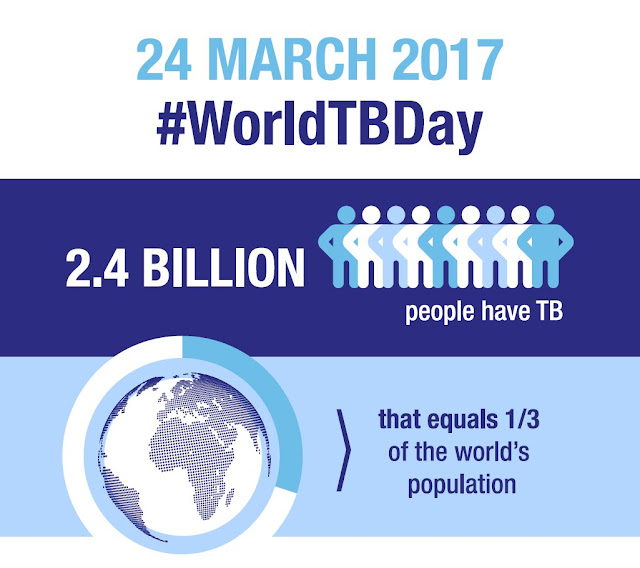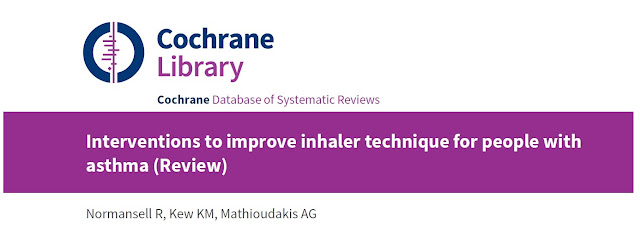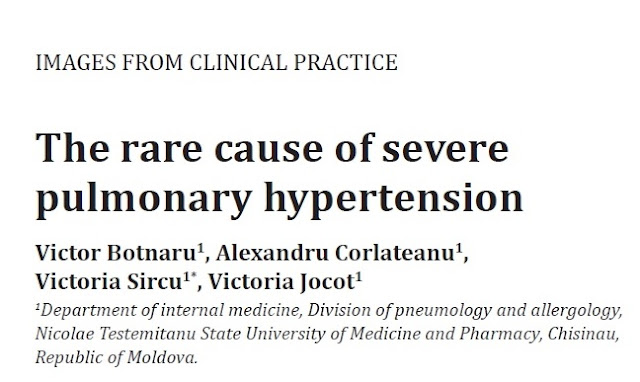Dear Friends we are happy to present you Review from Drugs Journal on Hot Topic: Management of COPD in Patients with Cardiovascular Diseases by great Italian Respiratory team:
Chronic obstructive pulmonary disease (COPD) and cardiovascular diseases
often coexist. The mechanistic links between these two diseases are
complex, multifactorial and not entirely understood, but they can
influence the therapeutic approach. Therapy can be primarily directed
towards treating the respiratory symptoms and reducing lung
inflammation. Smoking cessation, bronchodilators and inhaled
corticosteroids are central to this therapeutic approach.
The underlying
pathophysiological mechanisms that are responsible for the increased
cardiovascular risk in COPD remain unclear, but might include arterial
stiffness, inflammation and endothelial dysfunction as a consequence of
systemic exposure to chemicals in cigarette smoke or airborne pollution.
Therefore, it is plausible that treatment of cardiovascular
co-morbidities might reduce morbidity and mortality in patients with
COPD and, consequently, therapy of COPD should be shifted to the
treatment of cardiovascular diseases and systemic inflammation. In
support of this approach, early data suggest that patients with COPD
treated with angiotensin-converting enzyme inhibitors, angiotensin II
type 1 receptor blockers, statins, anti-platelet drugs or β-adrenoceptor
blockers may have improved survival and reduced hospitalisation from
acute exacerbations of COPD. In this review, the potential impact of
traditional therapies for COPD that are centred on treating the lungs
and newer strategies potentially able to affect and mitigate
cardiovascular risks in patients with COPD are discussed.
Full text is












